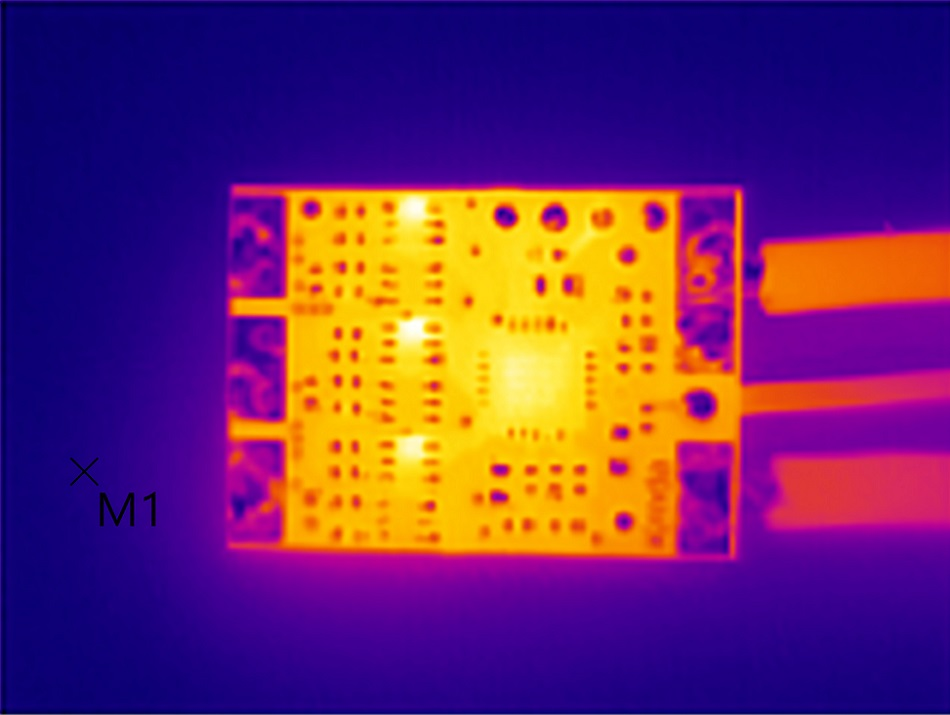
Image Credit: Igor Barin/Shutterstock.com
Thermal analysis is often associated with analyzing materials, a technical system or the surrounding environment. However, thermal analysis techniques are also used to maintain the integrity and performance of electronics by enabling a system that protects temperature-sensitive components. Also, precise temperature monitoring can support superior system performance and lower reduce costs by eliminating unnecessary design elements.
Thermal analyses can be categorized into three different groups: monitoring, protection, and compensation.
Temperature sensors supply essential data for the constant tracking of thermal conditions and control system management. In many applications, both system temperature tracking and ambient temperature monitoring are essential to the control loop.
Some applications call for protective action if the system goes below or above a functional temperature range. Temperature sensors can be used to trigger an alert upon the recognition of established warning conditions to keep the system from being damaged.
Temperature sensors can also be used to optimize the performance of a system when temperature is a factor. Tracking and adjusting essential system components as temperature rises and falls can optimize performance and prevent system failure.
Below are a few types of thermal analysis and how temperature sensors play a vital role.
Electronic System Temperature Monitoring
In numerous electronic systems, the temperature of various system components, such as processors and transistors, must be kept within a certain range to preserve system integrity and for user safety. A consistent temperature reading is crucial for pushing performance near safety limits without significant risk and for reducing costs by eliminating necessary design elements.
In this application, temperature sensors should be placed on circuit boards as close as possible to the various electronic components to be monitored. Sensors should not be placed in areas where perforations or slits in the circuit board can disrupt the monitoring of heat-generating components. If possible, temperature sensors should be placed on the opposite side of the circuit board from a heat source.
Engineers should analyze to determine the most effective locations for sensor placement.
Ambient Temperature Monitoring
Ambient temperature tracking is significant in many applications, particularly those involving the control of environmental conditions or make certain an area maintains the desired temperature. Accurately and rapidly gauging ambient temperature can frequently be a challenge since the sensor may not be directly exposed to environmental conditions and may be vulnerable to heating interference from components in the monitoring device.
Precise placement of sensor devices is essential to generating useful, accurate ambient temperature data. Placement considerations should include prevailing thermal paths, potential interfering heat sources and thermal isolation of the sensor package. If a sensor must be placed too close to a heat source, a common technique is to create an ‘isolation island’ that maximizes the amount of air between the sensor and the source of heat.
Human Body Temperature Monitoring
In healthcare settings, tracking a patient’s body temperature is an essential starting point in any medical diagnosis, and a critical matter for athletes as well. In addition to an increasing desire for high-precision devices, there has been a major push toward compact wearable temperature tracking devices. Temperature sensors with up to 0.1-degree Celsius precision meet the American Society for Testing and Materials standard for medical thermometers and are often found in wearables that are form-fitting and compact.
For decades, body temperature monitoring systems in healthcare required the patient being tethered to a bedside device. But now, wearable, wireless systems not only eliminate the need for a tether, but they also enable outpatient monitoring.
The accurate, continuous monitoring of body temperature requires constant contact between the skin and the sensor device. Engineers making these devices must consider sensor placement and any potential interfering heat cause by the electronics of the device itself.
Sources and Further Reading
Disclaimer: The views expressed here are those of the author expressed in their private capacity and do not necessarily represent the views of AZoM.com Limited T/A AZoNetwork the owner and operator of this website. This disclaimer forms part of the Terms and conditions of use of this website.